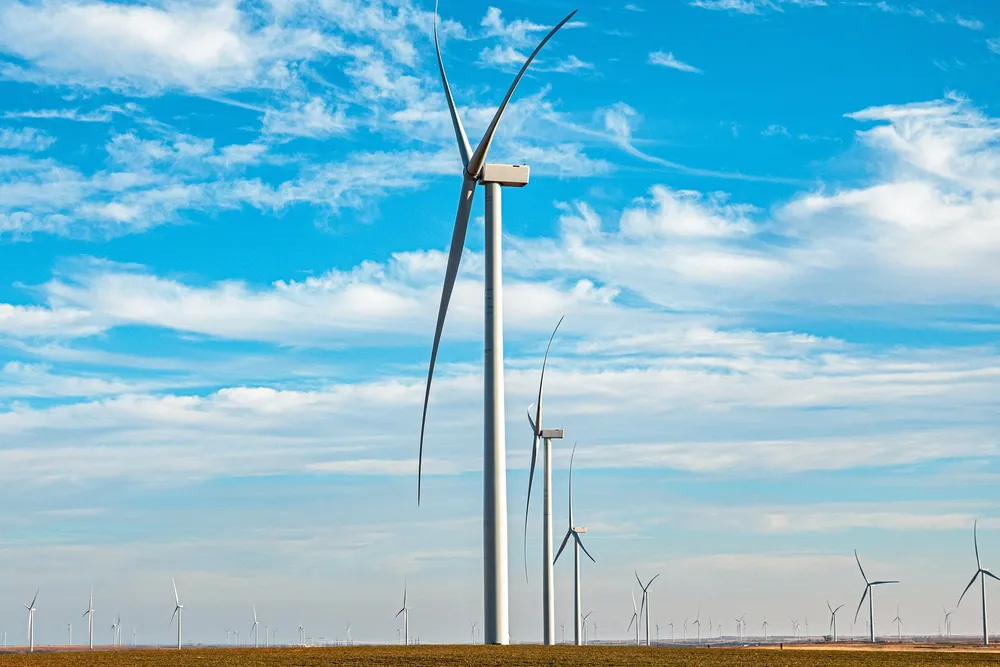GE Vernova and AEP end spat over alleged wind turbine defects
US utility had alleged main bearings of GE Vernova turbines had completely failed after just a few years in lawsuit

GE Vernova has settled a lawsuit over alleged serial defects and refusal to accept warranty claims on hundreds of wind turbines brought by American Electric Power (AEP).
AEP filed the lawsuit with the New York Supreme Court last year, arguing that turbines at the 999MW Traverse Wind Farm and two other projects in Oklahoma had “material defects on major components and experienced several complete failures” within a few years of commercial operation.
A significant portion of the turbines had been rendered inoperable, said AEP, claiming it had incurred millions of dollars in costs and damages.
Late last month, AEP filed a notice of discontinuance, bringing the case to an end.
They did not elaborate on the terms of the settlement, or on whether GE Vernova had agreed to provide any compensation or other relief for the alleged defects.
Turbines in the spotlight
The wind turbines at the centre of the claim were originally sold under three contracts to Invenergy, before the Chicago-based power generation developer sold the relevant assets to AEP.
All three contracts were for wind farms in Oklahoma. One of these — which provided for the supply of 275 2.8MW machines — was for the 999MW Traverse wind farm.
The Traverse wind farm has a total of 356 wind turbines and was described by US Energy Information Administration (EIA) as the largest wind farm built in a single phase in the whole of North America when it came online in April 2022.
Together with the nearby Sundance (199MW) and Maverick (288MW) wind farms, it forms the 1.48GW North Central Energy Facilities project.
AEP lodged the lawsuit in June against GE Renewables North America. The wind business of US multinational GE is now under the umbrella of GE Vernova, which was spun off from the parent company last year.
The alleged defects affected a range of turbine components, but main bearings were at the heart of the complaint.
In its complaint, AEP said some main bearings – which hold the drive shafts connecting the rotors to the turbine generators and allow the drive shafts to rotate freely to generate electric power – had failed completely on all three projects.
Many more turbines showed significant signs that premature bearing failure is imminent, with AEP describing defects such as "spalling, cracking and etching" in last year’s legal filing.
At one point, only 70% of the wind turbine generators on one project were in operation or were operating properly due to these problems, said AEP.
According to the court documents, GE’s own root cause analysis identified one apparent cause of the main bearing defects to be "application of a diamond-like carbon (DLC) coating to the main bearing rollers".
The court document stated that GE's own mechanical reports stated that the life of the WTG main bearings is supposed to be as much as 30 years.
Other alleged defects listed in the AEP complaint included cracks in the outer rings of the pitch bearings that connect wind blades to the rotor hub, downwind migration of the torque pins that connect the gearbox to the nacelle frame and blade issues including cracks, vibration and delamination.
In addition to its claims for monetary damages, AEP had been seeking a declaratory judgment that GE is liable for expected future failures of wind turbines.
(Copyright)